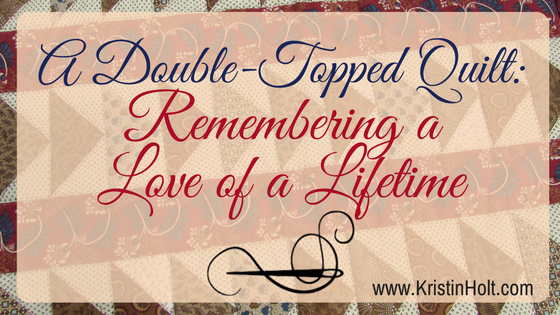
by Kristin Holt | Jan 1, 2017 | Articles
GRANDMA’S WEDDING QUILTS Series debuts today with the release of THE PREQUEL, a short introduction title by Kate Cambridge. My contribution to this 12-volume series (including the prequel) is Pleasance’s First Love. In this article, I share the gem of an idea, true-to-history, that came from researching quilts in Colorado in the 19th century. Who knew a quilt could have two “tops”?
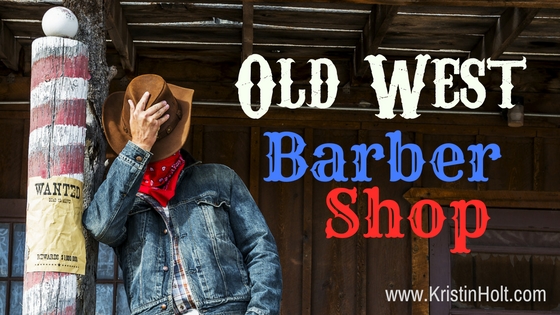
by Kristin Holt | Sep 23, 2016 | Articles
Old West Barber Shops used the traditional sign of the striped pole, advertised in newspapers, and usually hired men. Comparing for time passage and inflation, the low rates barbers charged then still seem ridiculously low. This is the first of many posts about Old West Barber Shops and Ladies Hair Salons.
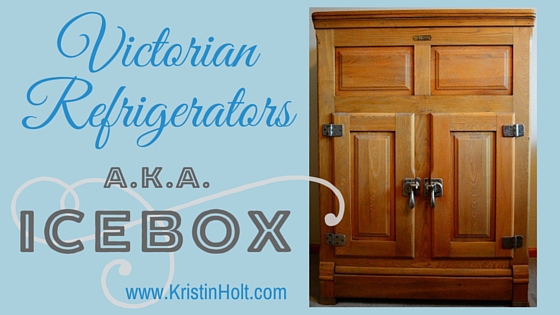
by Kristin Holt | Aug 20, 2016 | Articles
Our Victorian American ancestors were inventive people. They needed a solution for perishable food in the worst of summer’s heat (and beyond). They came up with a remarkably well-insulated icebox (officially called a refrigerator far earlier than you might guess), designed to be a beautiful piece of furniture and functional. Some iceboxes went so far as to serve the melted ice water by silver tap. This article contains Victorian instructions for care and cleaning of 19th century refrigerators, advertisements, a crime committed with an industrial-sized (believe it or not: a walk-in) refrigerator, current images of antique iceboxes (both family size and commercial size), the icebox’s impact on beer, and so much more.
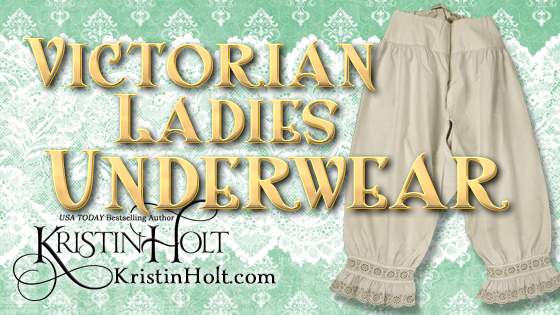
by Kristin Holt | May 24, 2016 | Articles
Throughout the 19th century, ladies undergarments remained quite similar. Drawers (or bloomers), yesteryear’s most related item to today’s panties, ranged from knee- to ankle-length, were constructed of various fabrics, and were held up by a button or drawstring, with an open crotch.
Item listings in vintage catalogs and magazines illustrate the standard items available via mail-order throughout the United States Victorian era.
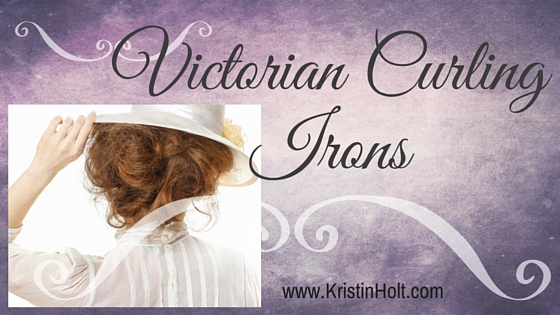
by Kristin Holt | May 15, 2016 | Articles
American women in the late Victorian Era often cut and curled bangs at the forehead. Many photographs (cabinet cards) show this hairstyle, with the rest being upswept and pinned, as women grew their hair to amazing lengths–all except those stylish bangs. If the curls about the forehead were not a hair piece (purchased by mail), then they most often required a curl. Victorian curling irons (their prices, designs, and heating methods) might surprise you–after all, it’s not (only) like Laura Ingalls Wilder described in her fictionalized memoirs of coming of age and cutting her hair in this style.













